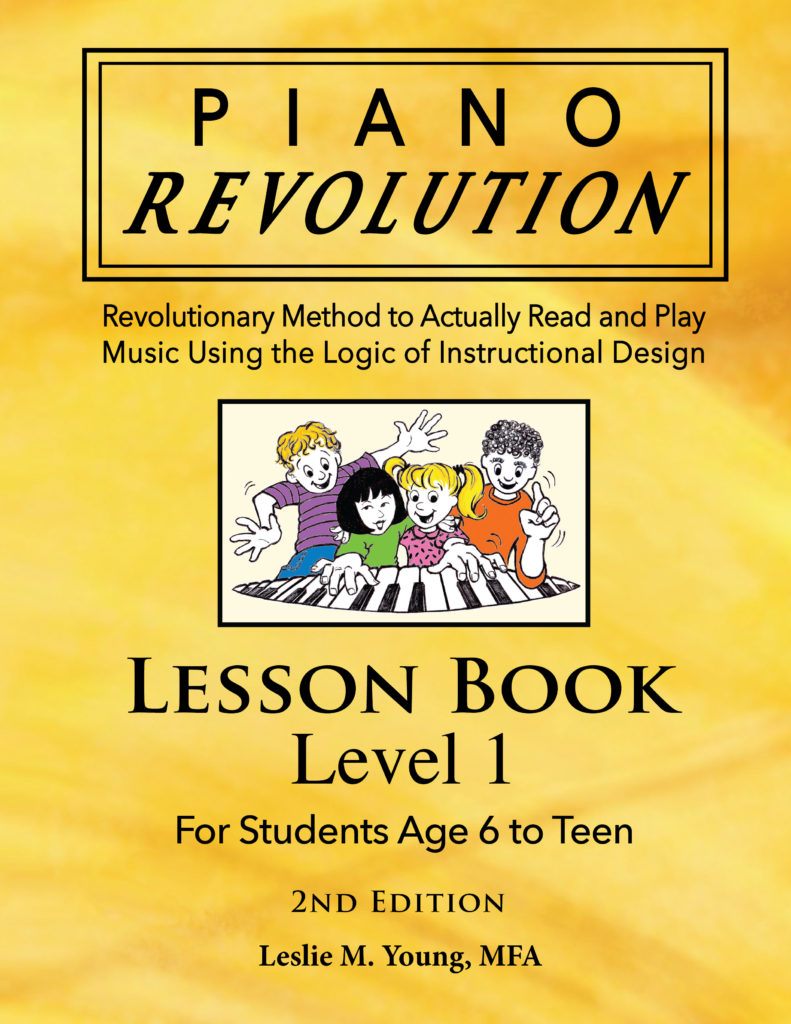Piano Music for St. Patrick’s Day
Piano music for St. Patrick’s Day is coming up, but here’s a bit of history: St. Patrick’s Day on March 17th will have many folks all over wearing green in honor of the Irish. This tradition goes back to a 1726 story about St. Patrick (385-461 AD) and how he used a green shamrock to illustrate the Holy Trinity. At that time, he may have started the fashion of wearing green!
If I ever knew it, I’d forgotten, that in Chicago there is a tradition since 1961 to dye the Chicago River green on St. Patrick’s Day! Apparently it started when the business manager of the Chicago Plumbers Union noticed green stains on a plumber’s coveralls, which came from a dye they used to find leaks. This resulted in a decision by the union to add the color to the river for the holiday celebrations.
They really tint it green!
Piano Music to Complete the Entertainment:
Piano music: Now, here’s a traditional Irish tune that’s a late Lesson Book 3 level in Piano Revolution. Enjoy! Download a PDF here.
Every mom would be able to teach her children how to accurately read and play printed music using Piano Revolution piano books for beginners. With this method, the learner uses a simple “thinking process” instead of key stickers, colored prompts, or line mnemonics for memory aids. . . which can just become crutches and interfere with accurate and lifelong learning.
Piano Music Books for Beginners – Even Self-Teaching!
Are you interested in finding very effective piano books for beginners?
A series written for the very young student of 4 or 5 years old. . . or a 6 year-old to young teenage?
Or perhaps even older teens and adults?
There is a series of Piano Revolution method books for each of these three age categories – plus one for improvising with a chord approach!
You can see sample pages for all the books on pianorev.com by choosing from the library below:
What Would the First Lesson for a Young Student Look Like?
What Would the First Lesson for a 6 to Teen Look Like (video)?
View sample pages of all the books for students
ages 6 to teen:
View sample pages of all the books for students
4 to 5 years old:
View sample pages of all the books for older
teens and adults:
View the books on Amazon:

About the Author, Composer,
Illustrator, Educator, and
Eternal Optimist
Leslie Young is the author/composer/illustrator of the PIANO Revolution method books (originally titled as the Revolutionary Piano Method). She co-founded a K-12th grade charter school in Texas and has been a piano teacher for over 40 years. She has had experience teaching a variety of students tackling piano for the first time or as returning students.
Young believes that “learning to play the piano is more about diligence and perseverance” – but would add that just as critical to success is the method that is used, the pattern of critical thinking, and the instructional principles that promote immediate success.
She states: “In teaching piano to students of varying ages, what also varies is a commitment of time and the amount of dedication. Children of certain ages may do very well with a parent as teacher; others may need someone who is not family to instruct them. Some older children and adults prefer to make progress on their own, and this method is designed to act as a meticulous guide through new material. Some adults and teens insist on professional teachers, which also encourages continuity. Because these books are self-explanatory, a new or experienced professional teacher will have no trouble using the PIANO Revolution method with students. It’s an easy and effective way to learn piano.”
This content will be of most interest to:
- Parents who homeschool
- Professional piano instructors
- Individuals desiring piano books for beginners
- Educators of Instructional Design for piano
- Adults desiring a self-teaching piano book
- Parents wondering the best age to start piano lessons for a child









